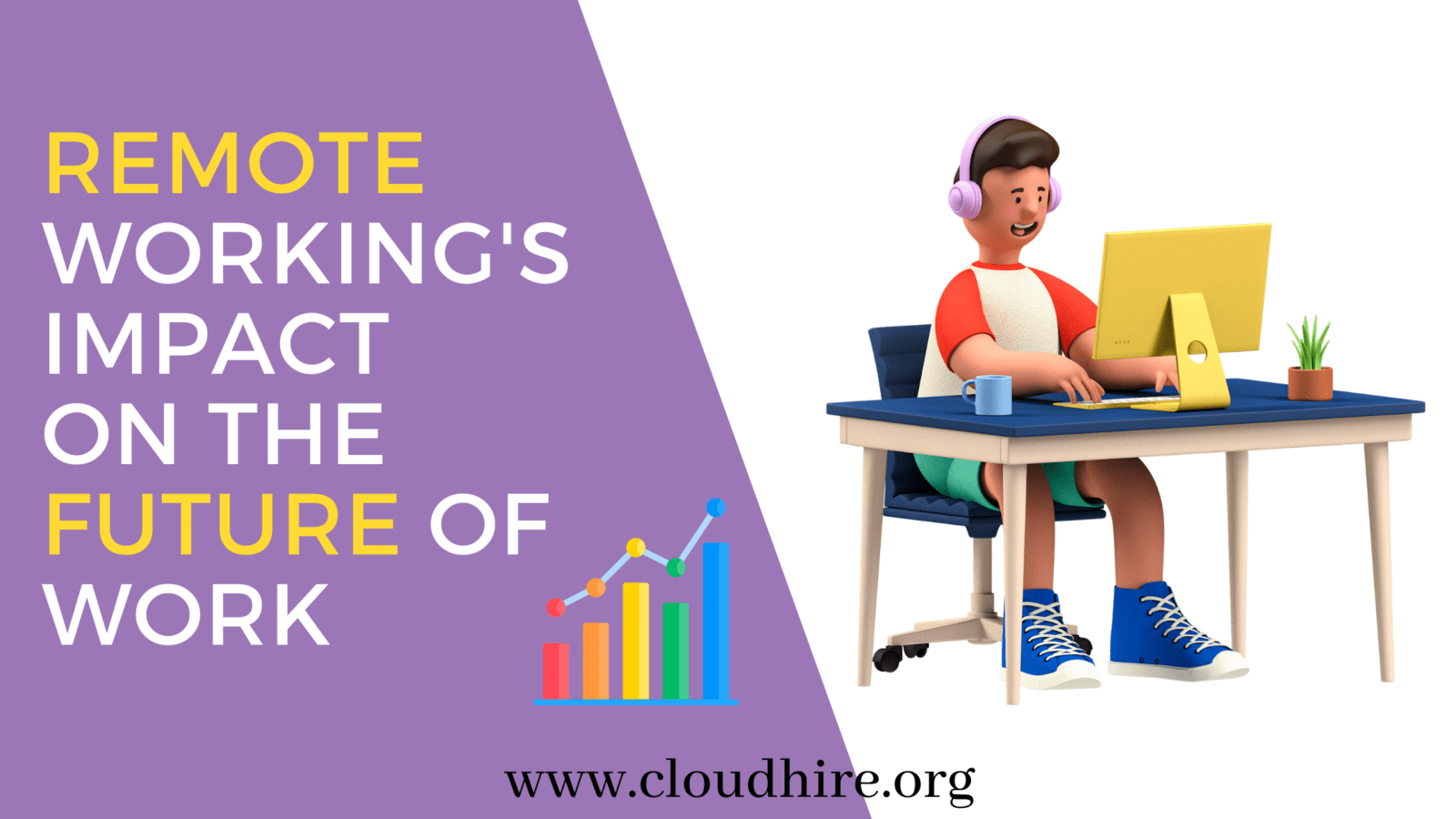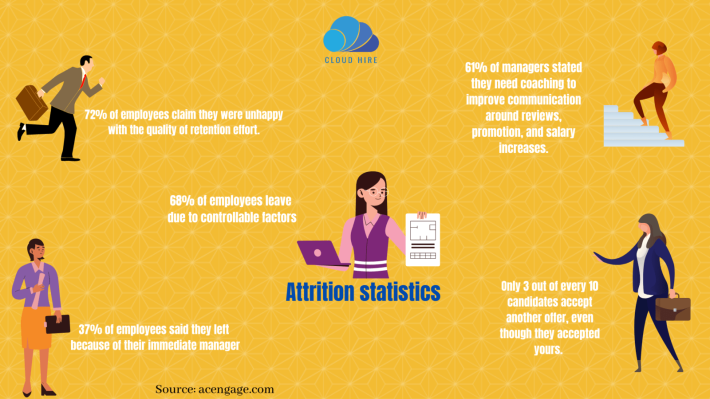In today’s global and connected market, having a remote workforce isn’t an option—it’s the new standard. New research suggests that by 2020, fully 75% of U.S. jobs will be made up of remote work opportunities. Having a remote workforce can improve your bottom line, but it also opens new avenues for growth and opportunity.
The trend of working from home has become increasingly popular, fueled in large part by the Covid-19 pandemic.
Remote working is becoming increasingly popular. As recently as last year, it was a rare opportunity available to only a small percentage of the workforce. However, the Covid-19 pandemic prompted companies to send their employees home to work remotely—and many of these employees will continue to work from home long after the pandemic is over.
The increased viability of working from home (WFH) was inevitable, although the global economic crisis imposed an economic stimulus that speeded up the process. Technological advances in digital communications would have made WFH a viable option for businesses even if the crisis had not occurred. While some companies may be unable to adopt 100% WFH, most businesses can adapt to a mix of central office and remote work groups. As more employees are allowed to work remotely, they will increase contact with customers and solve issues more quickly, thereby increasing profits for their employers.
According to Joel Block, writing in his Bullseye 2021 Trends Report, fewer people commuting has several important implications that will impact the economy.
Fewer People Downtown:
As people have more options for socializing and purchasing goods online, they will spend less time on the streets of downtown. Coffee shops, restaurants, and local retailers dependent on the daily foot traffic will lose business.
Commuting:
When employees work from home, fewer people commute to their offices. This is good for climate change and emissions as well as bad for the government’s ability to collect traffic tickets. It also means fewer people drive to work, which impacts oil companies when consumers purchase less gas. All of these factors affect the economic status of a country.
Office Spaces:
According to a recent report by the real estate firm Cushman & Wakefield, if workers can telecommute, many offices will not be as busy. This will lead to property owners leasing less space and repurposing commercial buildings into residential and other uses.
As downtown housing continues to be expensive, many people will move farther away from the city to find larger homes for less money. These moves will positively affect the suburbs and negatively affect downtown areas.
The pandemic had an effect on employees of workplaces; some employees were forced to work from home, while others refused to do so. Some have struggled to make it work, while others have found it easier to meet their deadlines and responsibilities.
There are companies, employers, and employees who love the new WFH economy, while others are having a hard time making it work.
The general consensus is that it works in the right situations. Consider that WFH is not new—even before the pandemic, there were over 5 million U.S. employees working from home at least half the time.
According to Lister, 56% of the U.S. workforce have jobs that are at least partially compatible with remote work. Furthermore, she predicts that 25-30% of the workforce will be working from home multiple days a week.
People can be very productive when working from home, sometimes even more so. Both companies and employees save money in areas such as gas, clothes, cleaning fees, and the cost of office space.
Some companies and employees love the new way of working from home, while others are having a tough time making it work.
There are various strategies to make it work for all involved. Some companies start their remote workers off with a trial period, and then if it works out, allow them to continue. Other companies offer training in IT and other technical skills so that employees can be more productive when working from home.
Try our free virtual employee for 3-Days
However, new hires working remotely experience a few issues according to TINYpulse, which surveyed over 1,000 remote workers. It showed that new hires have 34% less peer recognition than their in-office counterparts. There are 20% fewer chances for new hires to acknowledge the company values when working remotely.
TINYpulse says that when new hires aren’t physically working with their colleagues on a daily basis, they don’t get to know people on their team as well as they otherwise would. Plus, when remote workers have been away from the office for a while, it can be challenging to pick up again where they left off. TINYpulse quotes Rolf Bax, CEO of Resume.io, who said that after working remotely and returning to the office, “The biggest challenge of remote onboarding compared to traditional in-person methods is that it is more difficult for a new hire to get a feel for an organization’s culture and its people from behind a screen.”
RingCentral’s research report, Is Remote Work Sustainable? says that a “connected culture” is one that fosters employee productivity and well-being. Connection is more than just being technologically connected. It’s conversation, activities, and projects that bring people together, even when they’re working from home. Good leadership and management are vital to keeping employees motivated and feeling like they’re a part of the organization. RingCentral believes that frequent communication, good collaboration tools, and social events like virtual happy hours, peer chats, and group video games can positively affect how employees work. RingCentral also found that their employees who self-reported being more productive attributed this to feeling more connected to their colleagues than before the pandemic.
When change is hard, it’s often simply a matter of adjusting to what’s new. For example, finding the sweet spot between working onsite and remotely can be a process fraught with missteps and possibly frustration, but it’ll be worth it in the end. The rewards include a better office environment (fewer distractions), more productivity, and the ability to work anywhere with an Internet connection. Employees who work for companies that embrace remote work practices will have more opportunities to do great work because they aren’t limited by where they work or when they work. There are so many articles and research out there that can help you understand the benefits of remote workers and how to support them.
Depending on the situation, some organizations are going to decide that they can return to their offices after the pandemic. Others may find it working better for their most valued employees to continue working remotely, or work from home. If you have the choice, don’t be in a hurry to make a decision—think about what will work best for your company and your employees.
All in all, remote work is growing and changing the way we recruit and hire. While some potential employees may not be keen on working from home or in a new location, for others, it is a dream come true. So how do you choose? It’s a subjective decision, but there are factors that can help make it easier. Regardless of where your team is working from, make sure everyone has the products and resources they need to be effective, and always check-in to see if they have any questions or suggestions.
This change in mindset can be a tough one for many companies to make. For firms that were built for and by a local workforce, the move to virtual workforces comes with more than a handful of challenges…With the right planning, any company can reap the benefits that come with employing remote workers. With the quick adoption of software designed to seamlessly bridge the physical gaps of a distributed workforce and strong internal communication between departments, companies large and small alike can offer the advantage of a remote workforce without disruption to their standard business operations.
It is clear that the remote workforce is gaining in popularity, and providers like Cloudhire who specialize in providing IT to clients for less will continue to gain traction over the next few years. There will always be a place for the traditional office layout, but companies, big and small should embrace the potential of these services to cut costs, and attract new talent that would never consider relocating to their city.









